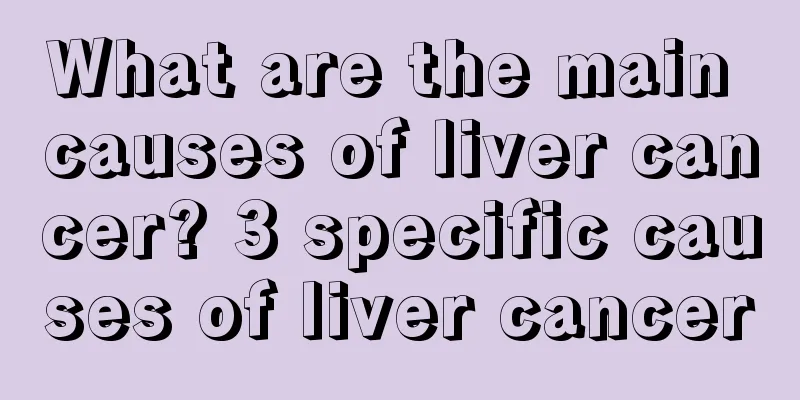Is rabies hereditary?

|
Rabies refers to a disease that is emitted by stray pet dogs or cats after being bitten. Rabies is most likely to occur if bitten by a pet of a rabid patient. Rabies is not hereditary, but it can be contagious. It is transmitted from blood to blood, so rabies requires careful diagnosis and treatment. Disease diagnosis In some cases, due to unclear bite history, they are often misdiagnosed as neurosis in the early stages. Patients with atypical symptoms after onset are sometimes easily misdiagnosed as mental illness, tetanus, viral meningitis and cerebral leptospirosis. Cases of quiet limb paralysis may be misdiagnosed as poliomyelitis or Guillain-Barré syndrome. The incubation period of tetanus patients is relatively short, usually 6 to 14 days. Common symptoms are clenched jaws, a wry smile, and prolonged systemic muscle spasms, often accompanied by opisthotonos. The muscle spasms in rabies occur intermittently, mainly in the pharyngeal muscles. Tetanus patients are not highly excited or hydrophobic, and can usually be cured with active treatment. Severe changes in consciousness (coma, etc.), meningeal irritation, cerebrospinal fluid changes and clinical outcomes help to differentiate this disease from neurological diseases such as viral meningitis. Immunological antigen, antibody testing and virus isolation can make a definitive diagnosis. Rabies should be differentiated from rabies-like hysteria (pseudorabies). This type of patient has a history of being bitten by a dog (mostly confirmed to be a rabid dog) or a history of contact with sick animals. After a few hours or days, they develop rabies-like symptoms, such as a tightness in the throat, the ability to drink water, and mental excitement, but they do not have a fever, drooling, or fear of the wind. If given water, it will not cause throat muscle spasm. This type of patients can recover quickly through suggestion, persuasion and symptomatic treatment. In addition, complications involving the central nervous system may occur after Semple vaccination and should be differentiated from rabies. The incubation period for patients with only myelitis is 1 to 3 weeks after the injection, starting from the first injection, with the shortest being 6 days and the longest being 52 days. The clinical manifestations are sudden fever during vaccination accompanied by ascending paralysis or incomplete transverse spinal cord lesions, paraplegia and sphincter incontinence. If concurrent with diffuse meningitis, the onset will be later, with an incubation period of 5 to 8 weeks. The clinical symptoms include headache, fever, impaired consciousness and manifestations of myelitis due to viral infection. Both of the above complications are easily confused with paralytic rabies. The presence of neutralizing antibodies in cerebrospinal fluid is helpful for the diagnosis of rabies. Dynamic observation during the course of the disease and the judgment of the efficacy of adrenal cortical hormones are helpful for clinical differentiation. Fatal cases must be diagnosed through animal vaccination based on the presence or absence of Naessoni bodies and viral antigens. |
<<: Will cholesterol polyps cause inflammation?
>>: Will autoimmune liver disease be passed on to the next generation?
Recommend
Let me introduce the clinical manifestations of gallbladder cancer to you
"What are the clinical manifestations of gal...
What is the cure rate for stage II and III breast cancer
What is the cure rate for stage II and III breast...
How to choose a mattress
The quality of a person's sleep directly affe...
What are the symptoms before death from nasopharyngeal cancer
What are the symptoms of nasopharyngeal cancer be...
Is long-term sweat steaming good for the human body?
Many people have heard of sweat steaming. In fact...
Examination and diagnosis of colorectal cancer
After the disease occurs, interventional diagnosi...
What kind of mask is a good mask
Facial mask is an affordable and very convenient ...
What medicine can children take to cure tonsil suppuration quickly
Tonsillitis is a disease that affects people of a...
Stretching exercises to grow taller
Most people are not satisfied with their height a...
What are the harms of a child burning a substitute
Burning substitutes for children is actually a su...
What is the care after thrombolytic therapy for pulmonary embolism?
Pulmonary embolism needs to be treated promptly, ...
How many days should we check the fetal heart rate and fetal embryo?
During pregnancy, there will be many abnormalitie...
Can hydrogen peroxide whiten teeth?
Hydrogen peroxide is what we usually call hydroge...
Postoperative nursing guidance for laryngeal cancer
Do you know any treatment methods for laryngeal c...
What are the prognoses for endometrial cancer? Do you know these types?
The prognosis of endometrial cancer is related to...









